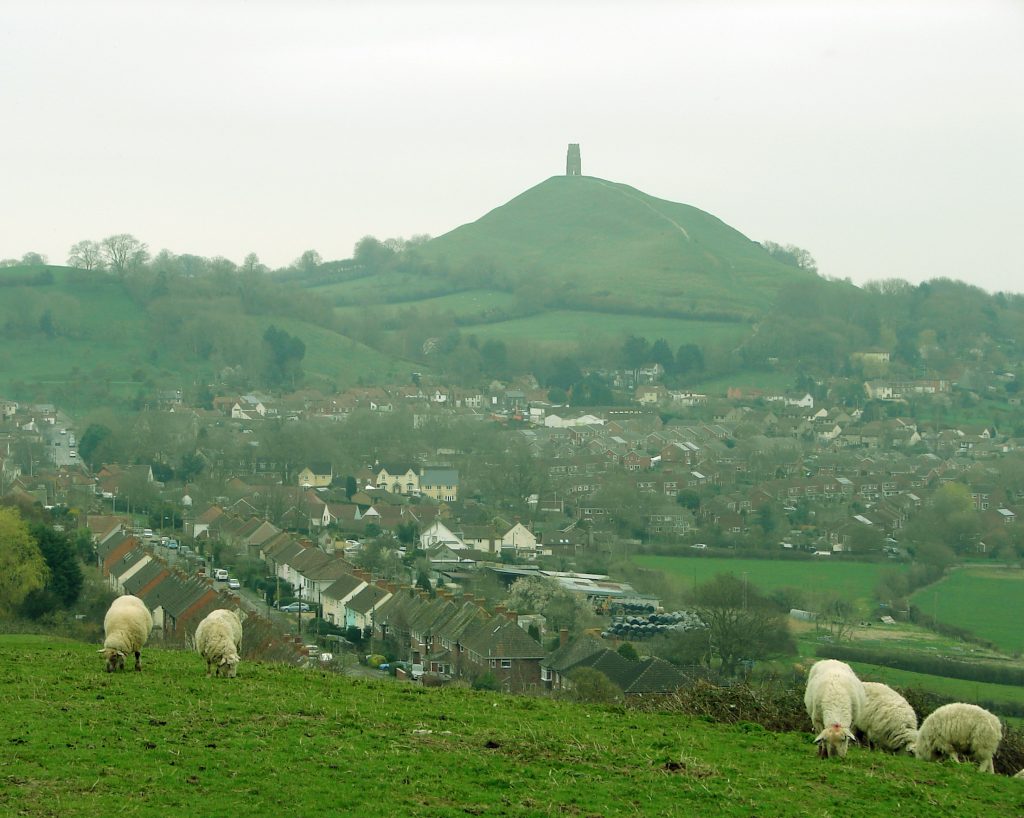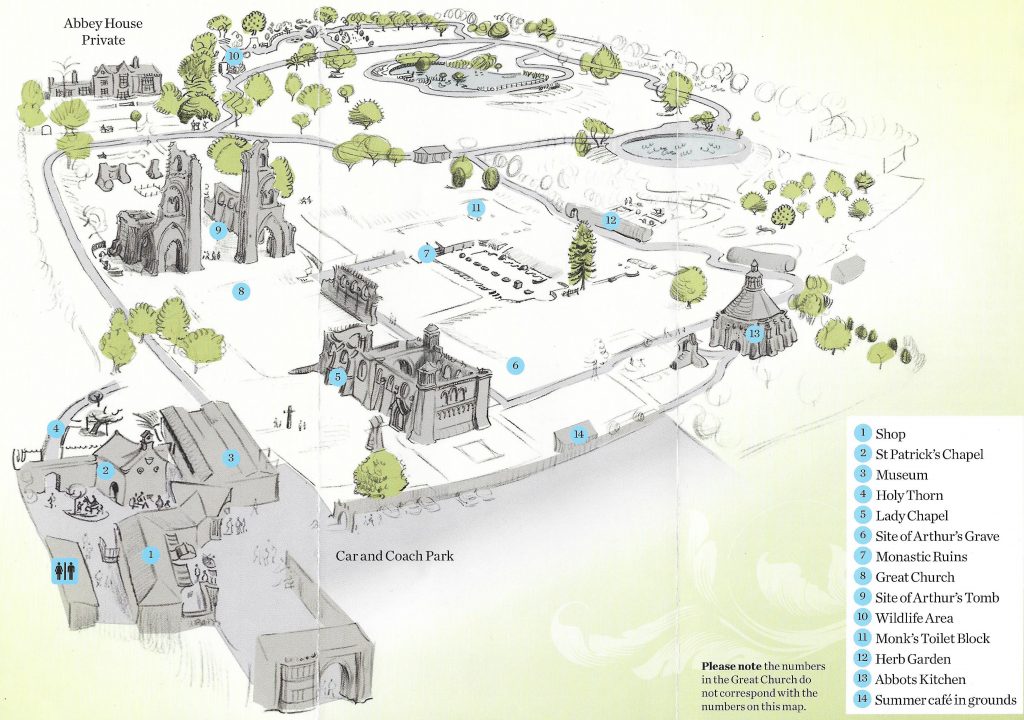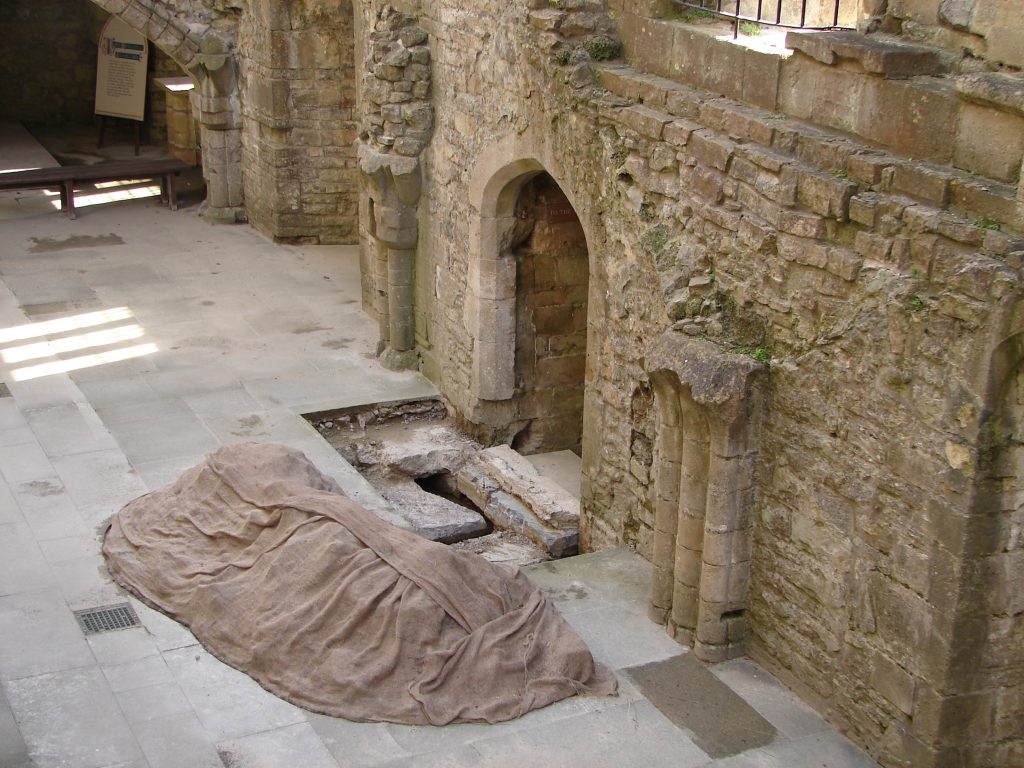 Glastonbury in 1397 is the setting for Joseph of Arimathea’s Treasure, the fifth novel in my Lady Apollonia West Country Mystery Series. The dominant topographic feature of the entire area is Glastonbury Tor, a hill which rises 520 feet above the town and the Somerset Levels which surround it. There is some evidence of Christian activity on the Tor even earlier than we know of its existence in the town. It may also have been the location of a Romano-British shrine well before the Christian era.
Glastonbury in 1397 is the setting for Joseph of Arimathea’s Treasure, the fifth novel in my Lady Apollonia West Country Mystery Series. The dominant topographic feature of the entire area is Glastonbury Tor, a hill which rises 520 feet above the town and the Somerset Levels which surround it. There is some evidence of Christian activity on the Tor even earlier than we know of its existence in the town. It may also have been the location of a Romano-British shrine well before the Christian era.
Glastonbury Tor, as shown in the picture, plays a major role in my story. Because of ties between Glastonbury Abbey and Cornwall and the Tor’s ancient importance to the Celts, I decided to include some Celtic characters in the story who have a keen religious interest in the Tor as part of the novel. To do this, I have introduced two Druids, a man and his mother from a remote part of Ireland, who come to Glastonbury with a mission related to Glastonbury Tor. A small Christian priory, Saint Michael’s, stood atop the Tor in 1397, and some interaction between the monks and the Druids plays out in Joseph of Arimathea’s Treasure.
Archaeology has produced finds from at least the Iron Age, so we know that the Tor has been occupied or visited regularly for millenia. This has led to considerable speculation about its use by various groups including pre-Christian Celts, Romano-British people, Celtic Christians, Anglo-Saxon Christians in the pre-Norman Conquest period. Since the Conquest, there are better records of the monastic developments on the Tor. A 10th century chapel on the Tor was destroyed by a 13th century earthquake with the priory church being rebuilt in the 14th century. Its tower remains today at the top of the hill.
In my blog posting of August 22, 2017, I discussed the Celtic Lake Village which was a few miles northwest of Glastonbury and the Tor. It was regarded as being religiously significant by the Celts that at the time of the Winter Solstice the sunrise would appear to the Lake Villagers exactly over the Tor as would the southernmost moonrise of each year. This is shown in the map on the right.
The same experience is true for an observer on Saint Edmund’s Hill which lies between Glastonbury Abbey and the Tor. For such an observer, the sun not only appears to be rising from the peak at the winter solstice but can be seen briefly at six indentations going up the left side of the Tor. The indentations are part of symmetrical terraces on the sides of the hill. They are more obvious as one approaches the Tor from a distance. The terraces may have been used in the medieval period by the monks for agricultural purposes, but no one knows how much they are natural or were created by human hands. It is possible that they have some ancient, unknown ceremonial or religious meaning. The terraces can be seen to form a winding path or a labyrinth, defining the Tor as a seven-tiered pyramid. My heroine, the Lady Apollonia, became interested in this ancient path and drew her version of it while climbing the Tor.
There are also connections made between the Tor and the legends of King Arthur. The Tor is sometimes called the Isle of Avalon. I will discuss these legends in my next posting.
The Druids in my story are leaders of the intellectual class of the Celts but they were leaders who ran across tribal lines in Celtic society. The little that we know about them before the Christian era comes from Greek and Roman writers who were generally not very sympathetic with the Celts. Before Celtic Christianity, the Celts had no written language, but Druids were the spiritual leaders of their people who preserved knowledge through their oral tradition. Indeed, the training of a Druid is thought to have taken as long as two decades of his/her life. The Druids were the philosophers, judges, teachers, historians, poets, musicians, astronomers, philosophers, prophets, priests, and political advisers. Some became political leaders in Celtic society, but not all leaders of the tribes were Druids.
The mission of the two Druids in my story involves Tor burrs or eggstones. These are hard oval or egg-shaped stones which can vary in diameter from a fraction of an inch to a few feet. Their exact cause of formation is unknown, but it may be that the local iron-rich water percolating through the sand began to accrete around small modules that eventually grew into the Tor’s eggstones.
For more on Glastonbury Tor, click on
https://en.wikipedia.org/wiki/Glastonbury_Tor or on
http://www.glastonburytor.org.uk/introduction.html .


